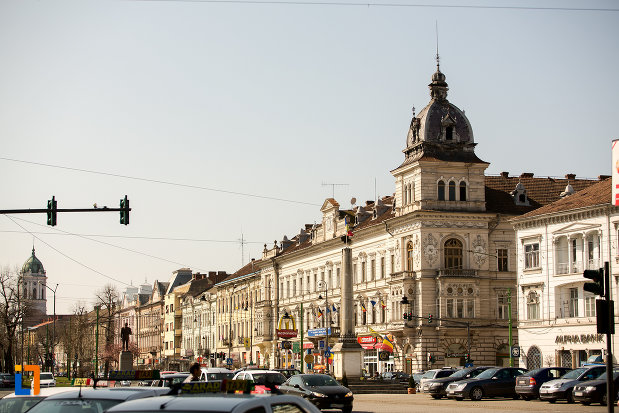Neumann Palace
Removed from Unnamed collection





Source: FiveLands Travel Images may be subject to copyright. Learn More
The Neumann Palace, or Palatul Neumann, is a captivating two-story masterpiece nestled in the heart of Arad, Romania. This 19th-century palace, with its eclectic architectural flair, was originally the residence of the Neumann family. They were a Jewish family who made their way to Arad from Vienna in the mid-1800s. Over time, the Neumanns emerged as one of Romania's most influential and affluent families during the late 19th and early 20th centuries.
Their wealth grew from a diverse portfolio of businesses. They owned numerous factories, stadiums, and schools, holding sway over much of Arad's industry. The family’s ventures included lucrative spirit and yeast factories, bustling textile mills, and steam-powered flour mills that contributed significantly to their financial empire. The Neumann family left an indelible mark on Arad's growth. They not only provided jobs for thousands of locals through their enterprises but also invested in the community by establishing schools and building stadiums. Furthermore, they were instrumental in funding projects that modernized the city's infrastructure, paving the way for a more contemporary Arad.
Beyond its historical significance, the palace itself is a marvel to behold. Its intricate design reflects a blend of styles that captivate architecture enthusiasts and casual visitors alike. When you visit, take a moment to appreciate the craftsmanship and imagine the vibrant life that once echoed through its halls.
 FiveLands Travel
FiveLands Travel  Romania
Romania